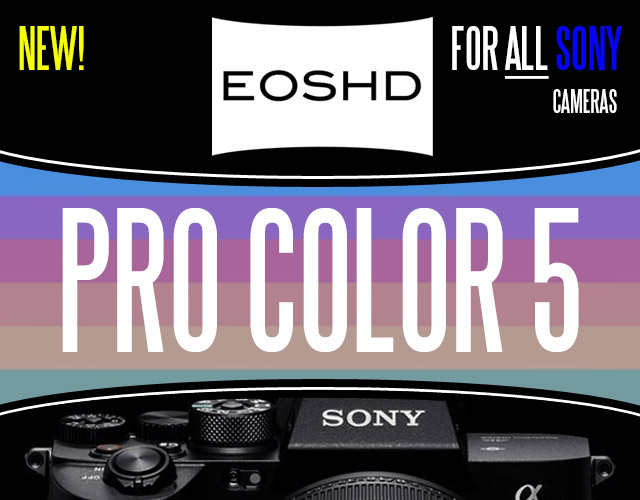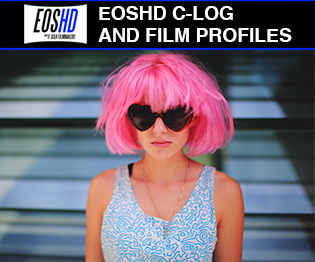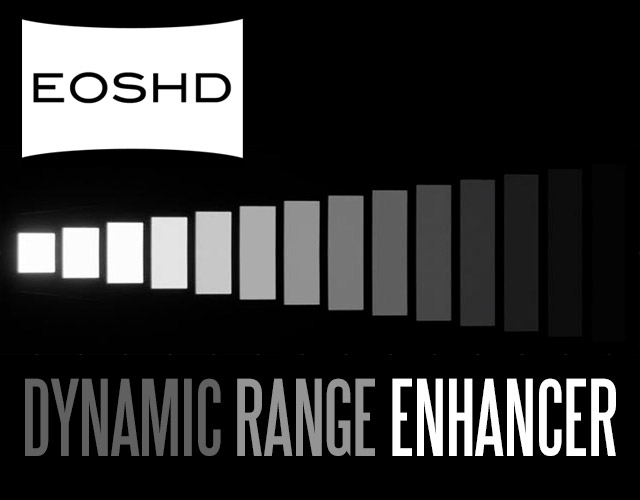-
Similar Content
-
- 0 replies
- 2,503 views
-
- 0 replies
- 1,829 views
-
- 1 reply
- 2,573 views
-
- 4 replies
- 4,618 views
-
4K Premiere sequence settings with GH4 footage when outputting to 1080p? Need workflow advice.
By nathanleebush,
- 3 replies
- 10,149 views
-






Recommended Posts
Create an account or sign in to comment
You need to be a member in order to leave a comment
Create an account
Sign up for a new account in our community. It's easy!
Register a new accountSign in
Already have an account? Sign in here.
Sign In Now